Table of Contents
Introduction
Where To Go On A Day Trip Safari In Tanzania?: When one thinks of the word “safari,” Tanzania is probably one of the places that come to mind.
In fact, it’s that classic image of Africa-wide, endless plains, herds of elephants crossing dirt roads, lions lounging in the shade, and massive herds of wildebeest grazing against a backdrop of blue mountains.
Not everyone, however, has days on end to explore the Serengeti or Ngorongoro Crater. That is where the beauty of the day trip safari comes in. You get to have a thrilling taste of Tanzania’s wildness, all in one day’s adventure.
Sure, it is a quick bite of the safari experience rather than a full course meal, but believe me, the memories will stick. Be it that one is strapped with time, traveling on shoestring budgeting, or merely wants to add some spice into one’s program event, a day safari can fit the bill perfectly.
Now let me take you into the wild, showing you the best places to have a day’s safari in Tanzania, what you might expect, and some useful tips for making the most out of a day in the wild. Are you ready?.
Where to go on a day trip safari in Tanzania? | Lets Discuss
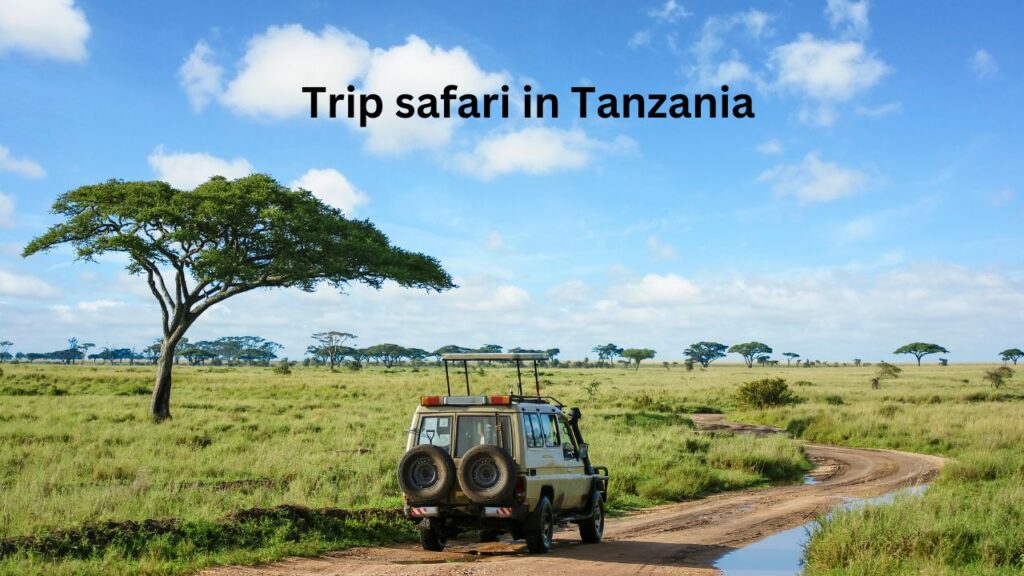
A safari in Tanzania is more than a trip-it’s an adventure, a journey into one of the most breathtaking natural panoramas there is.
In fact, it is the ‘final’ for any safari goer with views from the famous Serengeti, the dramatic Ngorongoro Crater, to the towering Mount Kilimanjaro.
What is it, precisely about Tanzania, that makes it such a feast for safari enthusiasts? Let us plunge into the magic of it all-from diversified ecosystems, wonders of wildlife, to various ways one can go on safari for every kind of traveler.
Read MoreWhy Tanzania is Perfect as a Safari Destination
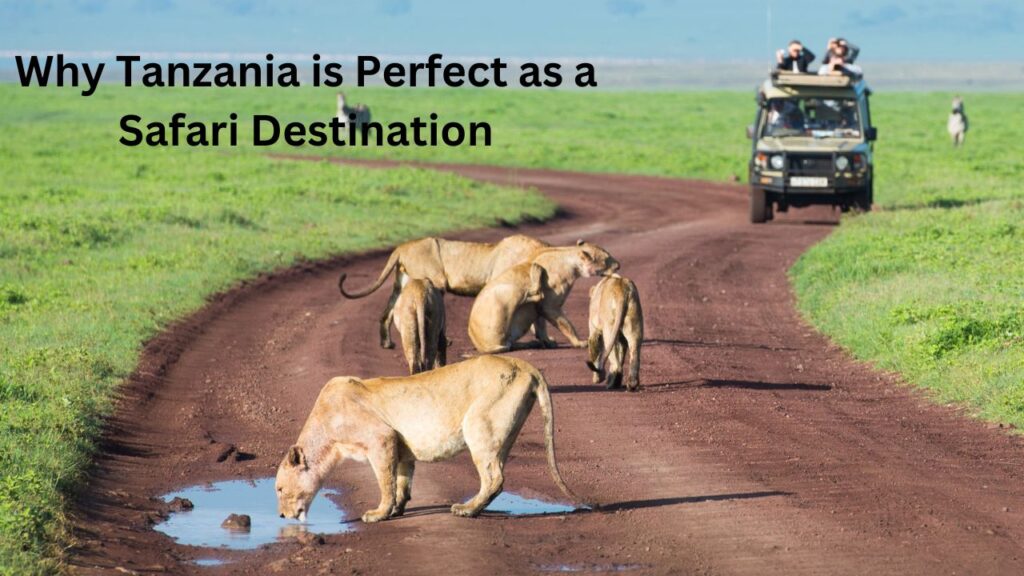
Tanzania is bestowed with the most incredible variety in wildlife and some of the famous national parks in Africa.
This is where the Great Migration happens every year-a time when millions of wildebeests and zebras make their annual voyage across the Serengeti in search of greener pastures, with predators like lions and crocodiles hiding behind almost every bush.
It is further one of the few places in the world where you can see all members of the “Big Five”: the lion, elephant, leopard, buffalo, and the elusive rhinoceros.
But what really makes Tanzania special is not just the big names. More than a third of this enge country struggles against national parks and game reserves, forming havens for myriad species of animals, birds, and flora.
Every region, from open savannas to lush forests to shimmering lakes, offers something different, a slice of African beauty all its own.
1. Why Tanzania is Perfect for a Day Safari
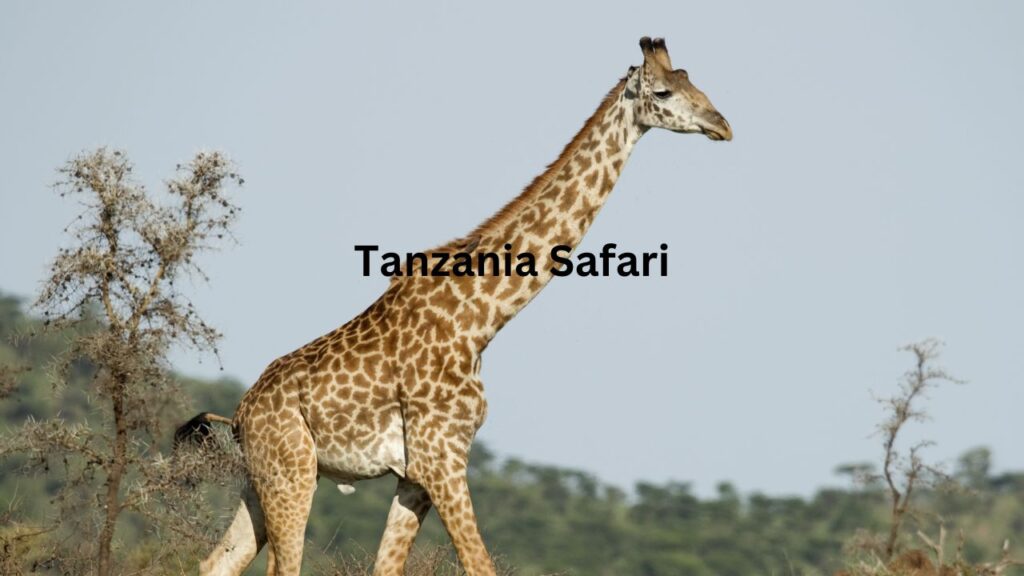
Why have a day safari in Tanzania when you could do the same elsewhere in Africa? The reason you will want to take this day safari in Tanzania is because of something you can barely have somewhere else: accessibility and unparalleled wildlife variety.
For any visitor to Arusha or its environs, Tanzania’s parks are literally next door.
And all it takes is one day for you to be staring at groups of elephants, casing the giraffes against the horizon, or looking upon lions as they prowl, strategizing for a meal.
Being that more than 30% of its land is protected for conservation, Tanzania has quite a number of national parks and game reserves.
A day’s safari enables one to take a step right into these worlds and catch glimpses of raw, untamed nature without needing an entire expedition to do it.
Moreover, it is convenient to go on a day safari. You will not have to worry about the possibility of packing for an overnight trip out in the bush and generally the logistics that are entailed with it.
You need only set out during the morning, spend as much time as you want in nature, and retire during evening hours to the comfort of your lodge.
2. Best Destinations for a Day Safari in Tanzania
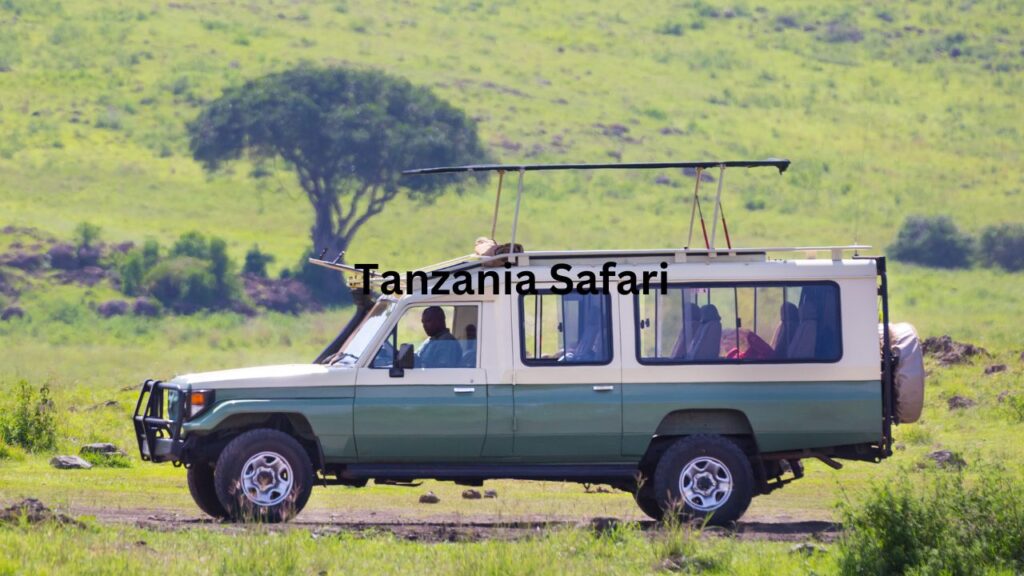
With a single day to consider, you will want to choose which park gives the most rewarding experience in the briefest amount of time. Let’s break down the top choices and what each is known for.
2.1 Arusha National Park
This will be ideal for a day’s trip, as it is only a 45-minute drive from Arusha town.
This small park covers a mere over 130 square kilometers, but never mind the size, as many diverse ecosystems can be found in Arusha National Park, from lush rainforests to open savannahs and scenic lakes.
Varied landscapes include the towering Mount Meru-what many consider the most beautiful mountain in Africa and the second-highest peak after Kilimanjaro.
Giraffes nibble acacia leaves with elegance, zebras graze on unimpeded grass expanses, and black-and-white colobus monkeys jump dramatically through the treetops at the foot of this spectacular backdrop.
Speaking of which, there is a chain of Momella Lakes in the park that attracts a variety of birdlife, mainly flamingos, adding hues of pink to the landscape.
What’s more, Arusha National Park is one of the few places where you can take a walking safari.
Think about it: walking through the African bush with only the sounds of nature surrounding you. For a quick, action-packed taste of the Tanzanian wild, Arusha National Park is hard to beat.
2.2 Tarangire National Park
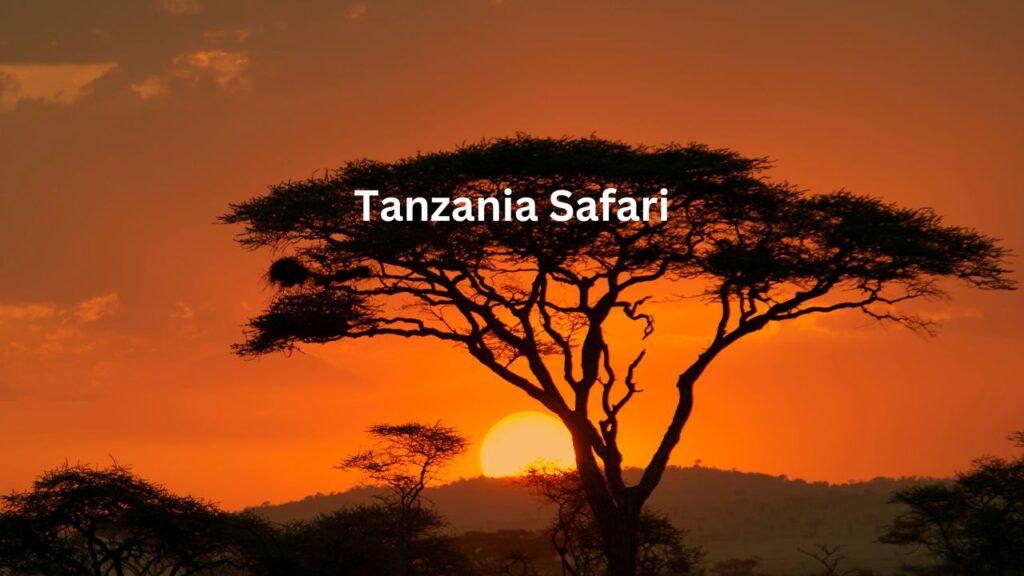
About two hours from Arusha, Tarangire National Park is where you go if you’re all about elephants.
During the dry season-from June to October-Tarangire has one of the highest concentrations of elephants in East Africa as the herds congregate around the Tarangire River, the park’s main water source.
There is something pretty magical about these giants up close-the soft rumble of their steps, the swish of their trunks as they graze.
Yet, it is not only about the elephants. Tarangire pride themselves on huge baobab trees, some of which are over one thousand years old. Such ancient giants compose a landscape barely real, but rather something out of the storybook.
Along with the elephants, one will find lions, zebras, wildebeests, and many kinds of birds-from colorful lovebirds to giant ostriches.
If it is a daytime safari that is big on atmosphere and full of wildlife you are looking for, head to Tarangire. It is less crowded when compared with Serengeti or Ngorongoro, which allows you a more intimate experience, almost private, with nature.
2.3 Lake Manyara National Park
From Arusha, it takes two hours of driving to Lake Manyara National Park. The feeling is quite contrary to this. Though it is smaller compared to other parks, it is a haven for bird watchers.
Lake Manyara is shallow, an alkaline lake, often covered by thousands of pink flamingos. The vibrant-colored birds stretching across the water is catchy to the eyes into early morning light.
And then, of course, there are the lions. Lake Manyara is one of the few places where you may actually see lions lounging in the trees.
Rarely do lions climb trees, but Manyara’s big cats seem to have acquired this habit out of a need to see what’s happening from a greater height or simply to get away from the heat of the ground.
Besides the lions, you are most likely to see hippos, elephants, buffaloes, and a great variety of birdlife.
The setting of the park adds beauty to your day safari, set right under the dramatic cliffs of the Rift Valley escarpment. People who enjoy scenic views and wildlife will not miss a visit to Lake Manyara.
2.4 Ngorongoro Conservation Area – Ngorongoro Crater
Ngorongoro Crater is a stretch for a day trip, as it’s further away from Arusha and usually requires more time.
However, if you’re willing to start off very early, it’s doable to check out this wonder of nature in one day, and I kid you not, it’s truly well worth the effort.
Ngorongoro Crater is one of the largest volcanic calderas in the world, a sort of bowl of the most fantastic game formed several million years ago when a huge volcano collapsed.
Steep sides shelter an enormous variety of animals in a relatively small area: lions, elephants, rhinos, and buffaloes at first hand, hippos and gazelles, and thousands of flamingos gathered on the crater’s lake.
Inside the crater, it’s a wildly varied landscape of forests, grasslands, and a shimmering lake-a mini Serengeti all contained in one single, jaw-dropping space. If you can squeeze it in on any given day, Ngorongoro is an unforgettable safari experience.
3. What to Expect on a Day Safari in Tanzania
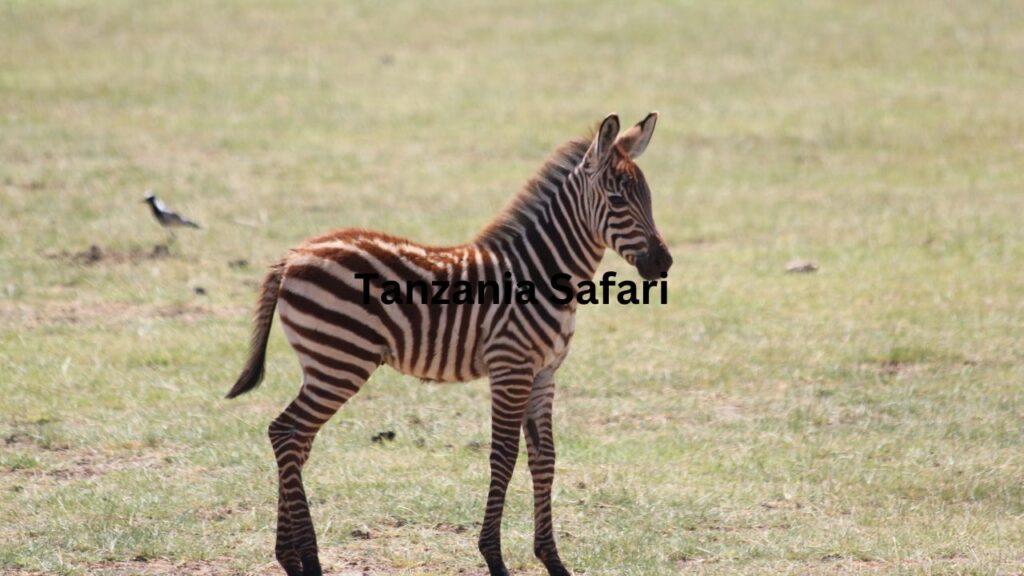
Wonder what a day safari looks like? Here is a general outline of the rhythm of one day on safari.
Early start: The majority of day safaris begin at the crack of dawn because this is the time most animals become active. You get to meet your guide and head into the park at the break of dawn, when the sun rises.
Morning Drive Game: This is commonly the time when predators show daylight, not because they cannot hunt during the night, but because they prefer the cooler temperature in the morning. For example, lions will be more active in the cool morning hours; other animals are active, hunting, or grazing.
Lunchtime: The middle of the day is usually when safaris take a break. For lunch, one can be treated to a picnic in a spot with a nice view and where you can relax and stretch your legs.
Afternoon Drive: The day warms up; hence, most animals retreat to shade and water. It is a good time to see elephants, hippos, and birds seen around water.
Return: You will leave on the late afternoon and return early evening.
The most popular option is a guided safari, as local guides know the landscape, the best spots for wildlife, and above all, how to keep you safe.
Self-driving is an option if one feels really adventurous, but a guide does make it more enriching and stress-free.
4. Tips for Planning Your Day Safari in Tanzania
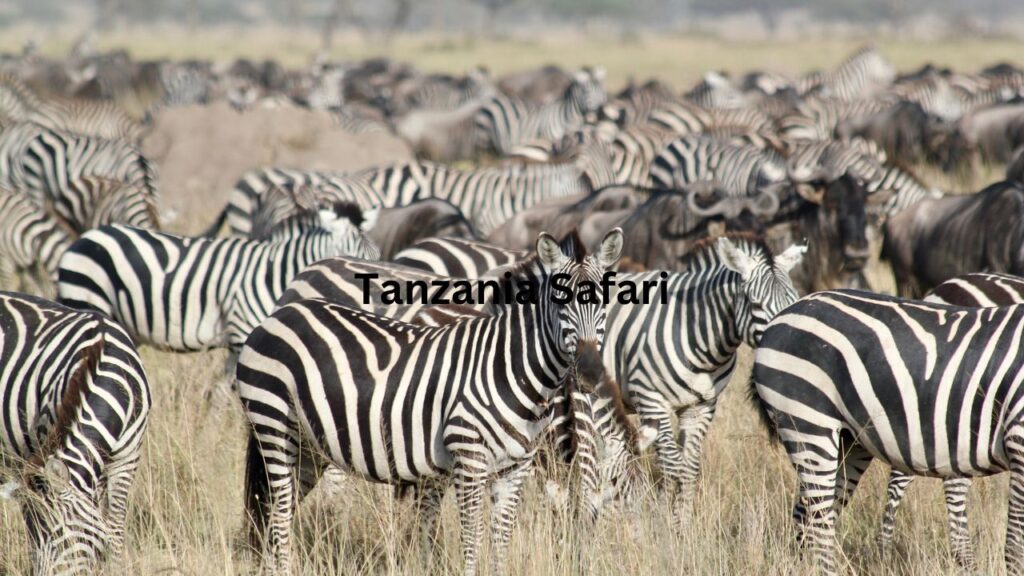
With only one day at your disposal, a little planning goes a long, long way. Here are some practical tips to help you make your day safari smooth and unforgettable.
4.1 Finding the Right Park to Suit Your Interest
Think about what you get your jollies from: If it’s all about elephants, Tarangire it is. If it’s flamingo-filled vistas that float your boat, Lake Manyara is a solid choice. If you want a little bit of everything, Arusha National Park gives you varied scenery and animals without the super-long drive.
4.2 Safari Essentials: How to Pack for a Day Trip
Binoculars and Camera: Capture the close-up views without having to get that close.
Comfortable Clothing: Mornings are chilly, and it gets warm in the afternoon, so layers are ideal.
Sun Protection: Some of the necessary items during your adventure travel are sunglasses, a hat, and sunscreen.
Snacks and Water: Though lunch is usually provided, it is wise to bring extra water and a few snacks.
4.3 To Guide or to Drive Yourself
Guides add a richness to the experience with their local knowledge and help create a seamless, safe adventure. Those who are adept with navigation and know something about park regulations can self-drive, but it requires a sturdy vehicle.
5. Safety Tips and Safari Etiquette
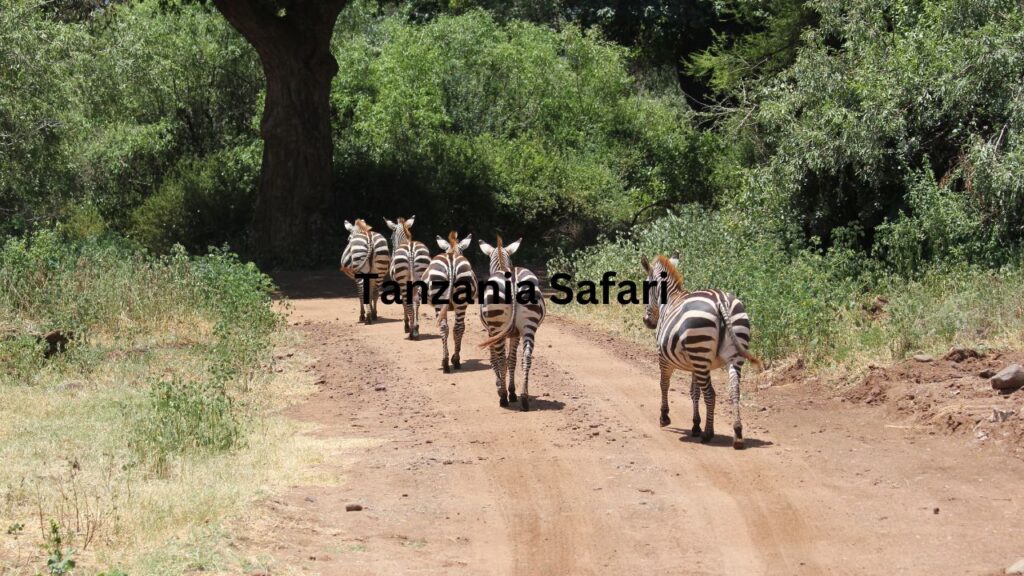
Where To Go On A Day Trip Safari In Tanzania?: Embarking on a safari can be exciting, but always remember you are entering a natural, wild, and unpredictable environment. Safety does not just concern yourself, but the regard for others and the animals so that everyone has an unforgettable experience. Here are some important tips on safety and etiquette to keep in mind:
Stay Inside the Car
One golden rule about safari is that you should always remain in your vehicle. This might be very much tempting to step out for that “perfect shot,” but animals look upon cars as non-threatening objects. The moment you leave the vehicle, you could place yourself and the animal in possible danger. Staying inside not only keeps you safe but also ensures the animals remain calm and undisturbed.
Respect the Animals’ Space
Always keep wild life at a safe and respectful distance-it is good for your safety-and at all times listen to and follow your guide’s instructions. Approaching too close can make animals feel threatened, and this might lead to aggressive behavior in them. Your guide will know how close you should be, so follow them and don’t push the boundaries. Remember, you’re in their territory, so give them space to move freely.
Remain silent and avoid jerky movements.
Sudden noises and jerky movements tend to scare the animals, which upsets the normal activities of the animals. This is particularly important during big cat or predator viewing: they hunt by stealth. Keep conversations low, avoid flash photography, and refrain from any jerky movements that might draw attention to yourself.
Keep Windows Closed in Certain Areas
If you are in an area with inquisitive monkeys or even baboons, remember to keep the windows of the car closed. These fellows are so smart that they could reach into the cars for food or other items; try to do without any food items with pungent fragrances because animals may sniff them out.
Follow Your Guide’s Instructions
Safari guides are experienced in the behavior of game and park rules. Follow their advice and any instructions they give you without question, as they know where to stop, how close you can get, and when it is time to move on. Trust in their knowledge makes for safety and an even more enjoyable experience.
Be Respectful to Fellow Travelers
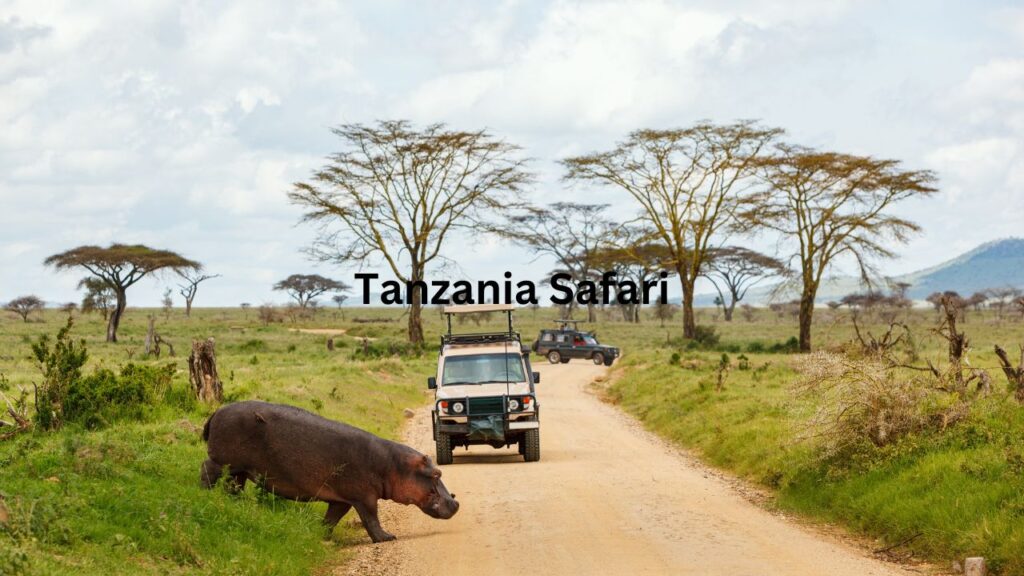
Safari is a shared experience; thus, consideration to other fellow travelers would be very important. Do not block the view of other people, avoid much talking, and share a popular viewing spot. Most safari vehicles have limited space inside the vehicle, so one should keep that in mind concerning others’ comfort and enjoyment.
Do not litter
Litter is a disturbance to the ecosystem, and it might be harmful to wildlife. Always take your waste along or dispose of it properly at designated areas. Many animals, out of curiosity, might try to eat litter, which could be fatal for them.
Follow the Rules at Parks
Each national park has some kind of regulations on the speed limits and where you can drive and cannot drive. Off-roading sometimes fully destroys very sensitive ecosystems or upsets the habitats of animals. Always follow the rules of a park to protect the environment and prevent harm to anyone.
Stay patient and observant
Safaris are often all about being patient. The animals just don’t necessarily come out immediately, and some of the better sightings really require quiet observance. Make the most of the waiting time and enjoy it. Safari isn’t simply about the spotting of animals; for the most part, it’s about the atmosphere and really being able to appreciate in it the subtleties of nature.
Leave No Trace
As the common phrase on safari goes, “Take nothing but pictures, leave nothing but footprints,” this means you should not take any rocks, plants, or any other natural objects as souvenirs. Leave the landscape just as you found it so your fellow travelers can enjoy the same pristine experience.
The following guidelines about safety and etiquette ensure a safe, enjoyable, and respectful safari for all. A few precautions combined with a thoughtful attitude, and you’ll be prepared to drink it all in-the magic of the Tanzanian wilderness-and you will know you are contributing to the protection of this amazingly great environment.
6. Conclusion: Why a Day Safari in Tanzania is a Must-Do
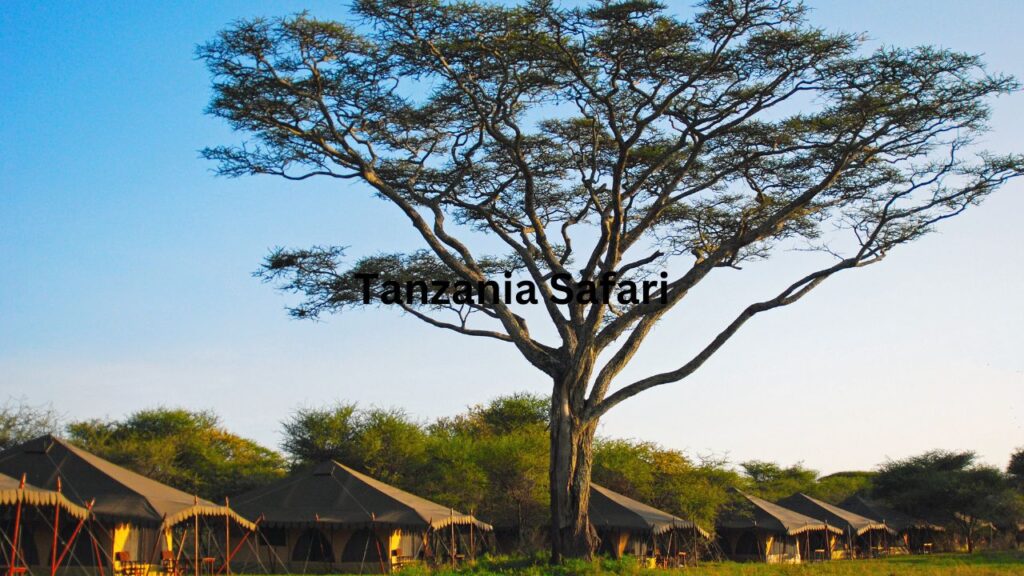
Where To Go On A Day Trip Safari In Tanzania?: They are not just about a “quick trip.” These drives in Tanzania are about amazing landscapes, rich wildlife, and adventure combined that is hard to find elsewhere.
If the desire is elephant-populated plains, Tarangire stands ready; if the wish is lush landscapes, then Arusha National Park is the place; if drama in sceneries, it’s Lake Manyara.
Tanzania offers a taste of wild Africa for a day, memories which will be remembered beyond the time you’ll be back home.
So go ahead, take that day, jump into a safari truck, and let Tanzania’s wilderness surprise you; it’s not just one day, it’s a memory to be carried for a lifetime.



